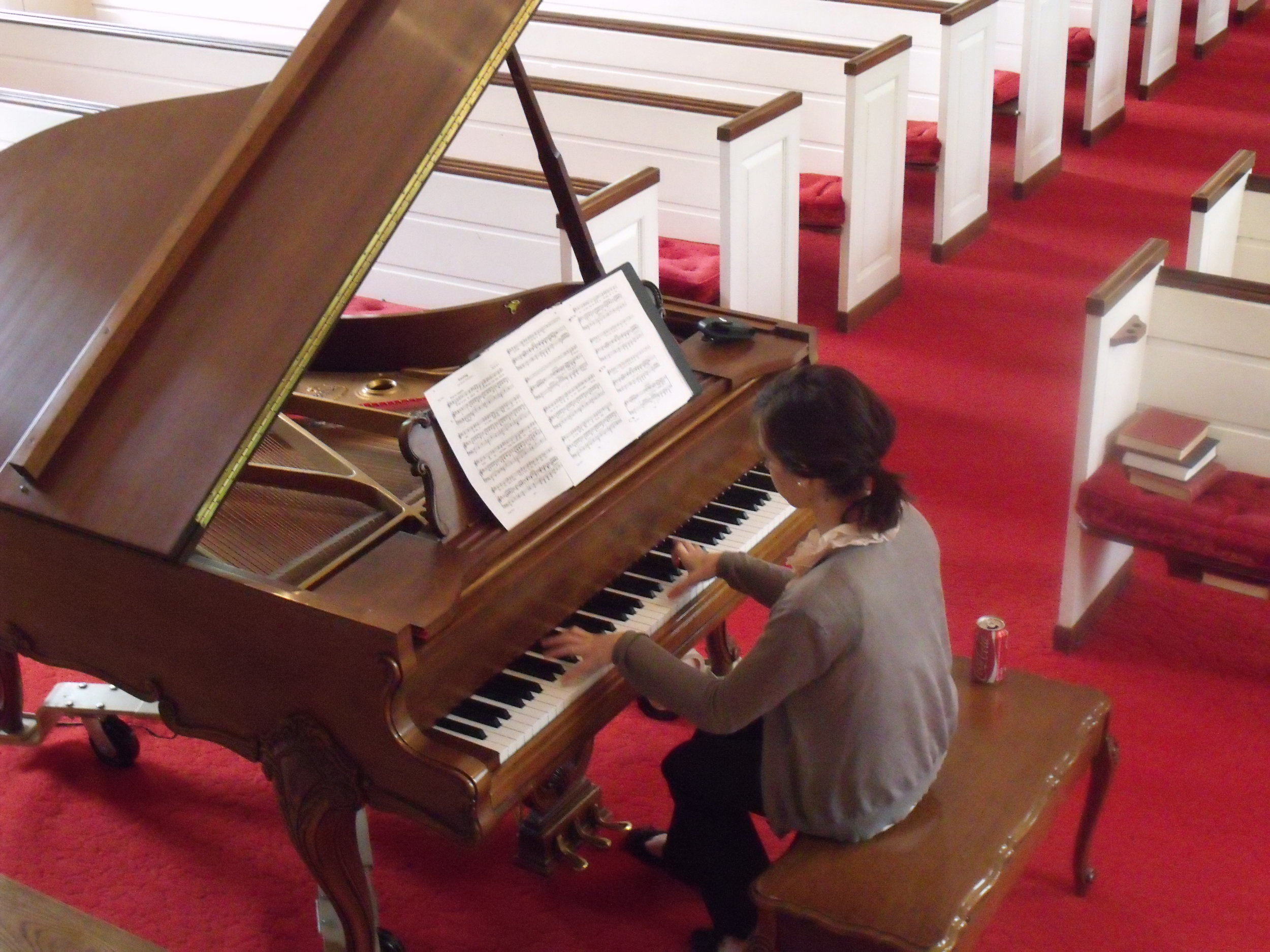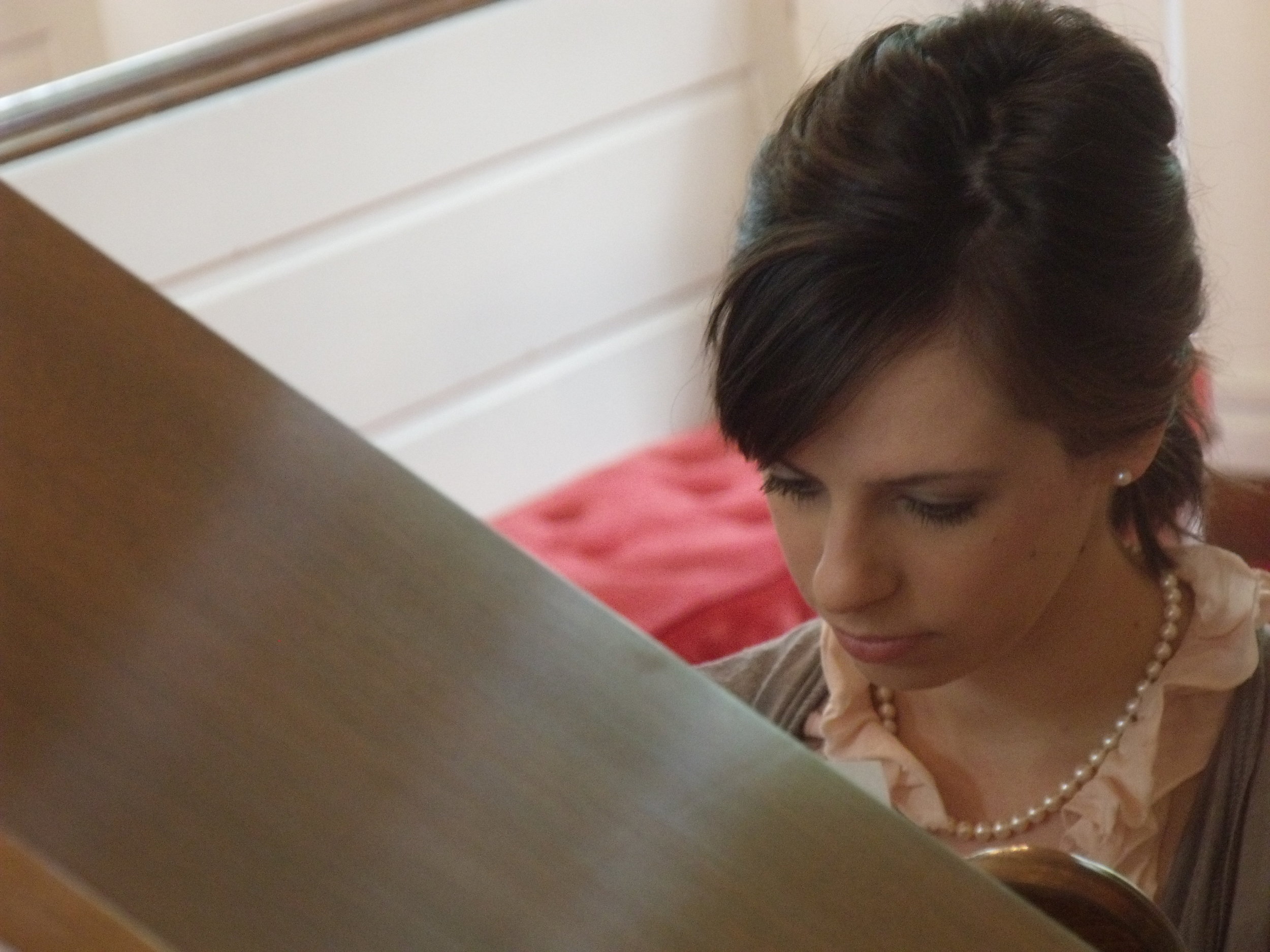We had a busy weekend.
I spent six hours in the car on Saturday (dropping Steve off for a weekend away, picking up my dress in CT, and running a few last-minute wedding errands: who knew chalkboards were so hard to find?).
The weight of Sunday morning began to set in.
I stocked my night table with a box of tissues and cough drops (battling a cold since the middle of last week) and bought an extra alarm clock, just to be safe. Good thing I thought to take it out of the box before going to bed — another trip out to buy AAA batteries.
Sunday morning, 6:45 a.m., neither alarm sounded. Thankfully, my night was restless and I was awake anyway.
I dressed for the foggy, cool morning, grabbed a coke, and ran out the door at 7:45 a.m.
To-do:
At 8:45 a.m., I had four of the twelve children I was expecting to sing.
At 9:00 a.m., I had half of the adult choir I expected.
We started rehearsing nonetheless. A few more faces joined the group and panic set in as they realized Steve (their unofficial "leader") was not there. After a 60-second counseling session ("really, y'all will be just fine"), they were on their way.
I took my seat at the piano and waited for the announcements.
Are the choir members leaving enough room for latecomers? Are they being quiet?
Lifting my hands to the keyboard for the prelude, I saw the pastor stand up and make his way to the center. I scrambled to change books when I realized he was skipping ahead. No worries, crisis averted.
And so we proceeded:
Gathering Song
Call to Worship
Opening Hymn: four verses, melody on the swell manual for verse 3. It's just one wrong note — let it go.
Passing of the Peace: old language in the bulletin — remember to fix that in staff meeting. Don't slip running down to the piano!
Scripture readings
Time with the Children: will that children's choir member remember that we're singing today since he missed the rehearsal?
Combined anthem (three choirs): it's worth the split-second pause to make sure the page is turned Meditation: why is my contact so blurry? Will I have to play the rest of the service with one eye closed?
Middle Hymn: three verses, adjust melody second time through based on how the congregation is singing it Joys/Concerns: a moment of panic when all eyes turn to me with the announcement of our wedding next weekend
Lord's Prayer (sung)
Offertory
Doxology
Offertory Prayer: bolt to organ for Closing Hymn — no time to hesitate, play introduction, hear whispers, see people sit down, read the word, "Communion!" on choir members' lips. (This prayer is new in the communion service and for over a year it's been my cue to run to the organ. So, I heard the prayer, and I ran to the organ. Completely blind once I’m back there, I completely skipped the communion portion of the service.) Skulk back down to the piano. Bread, music (wait for the pastor), cup, music (wait for the pastor), prayer: dash to the organ
Closing Hymn: four verses, make sure choir leaves on verse 2 after the deacons have extinguished the candles Benediction: dash to the piano
Benediction Response: who is talking in the back of the church?
Postlude
Cracked. wide. open.
Do you know how that feels? Do you know how hard it is to not let yourself fall apart but instead, to pick up your broken self and keep going? I suddenly felt much sicker than I really was. Foggy lightheadedness felt like it could just consume me. But I had to keep going.
It's not that I expect perfection — I know things can never be perfect. I strive to be invisible in worship, to be an instrument, per se. I want the music to speak for itself and I don't want to do anything that detracts from that.
Yesterday, as hard as it was to come out from behind the organ to play the rest of the service — broken and embarrassed, I managed. I struggled with showing grace to myself. It's hard for me to just accept such a public moment of fault as "okay."
I took a risk.
I didn't hesitate with the hymn introduction — I came right in, boldly and confidently. This is one small consequence of that level of risk-taking. Is it worth it? Is it better to take the plunge and play your heart out at the wrong time or hesitate, play with half of yourself, and perhaps avoid such public errors?
I'd rather be known as someone who brings their whole heart into what they do; someone who takes those risks and is willing to make those public mistakes; someone who can be cracked. wide. open. and still, keep going.
Grace is part of the process.




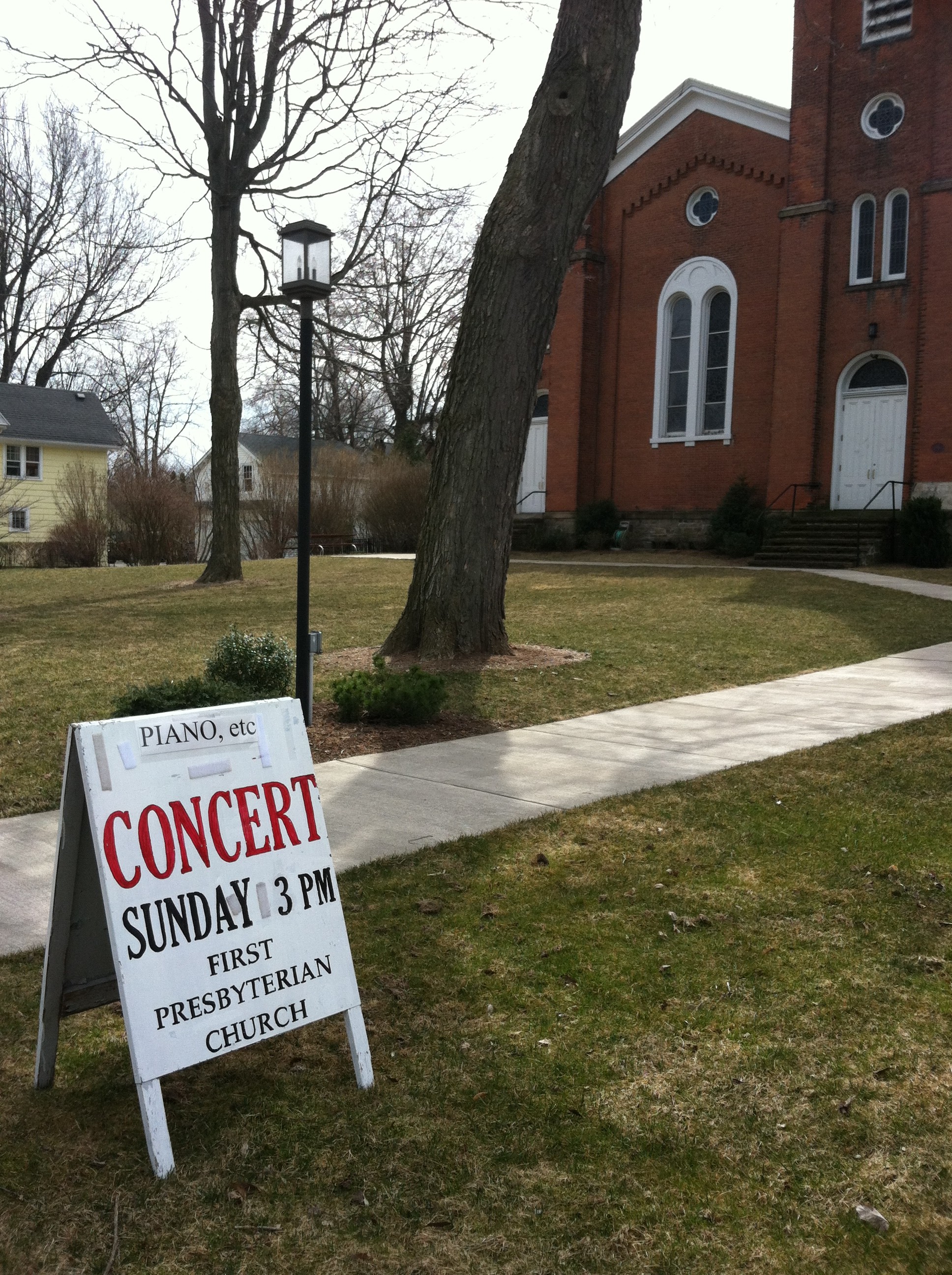
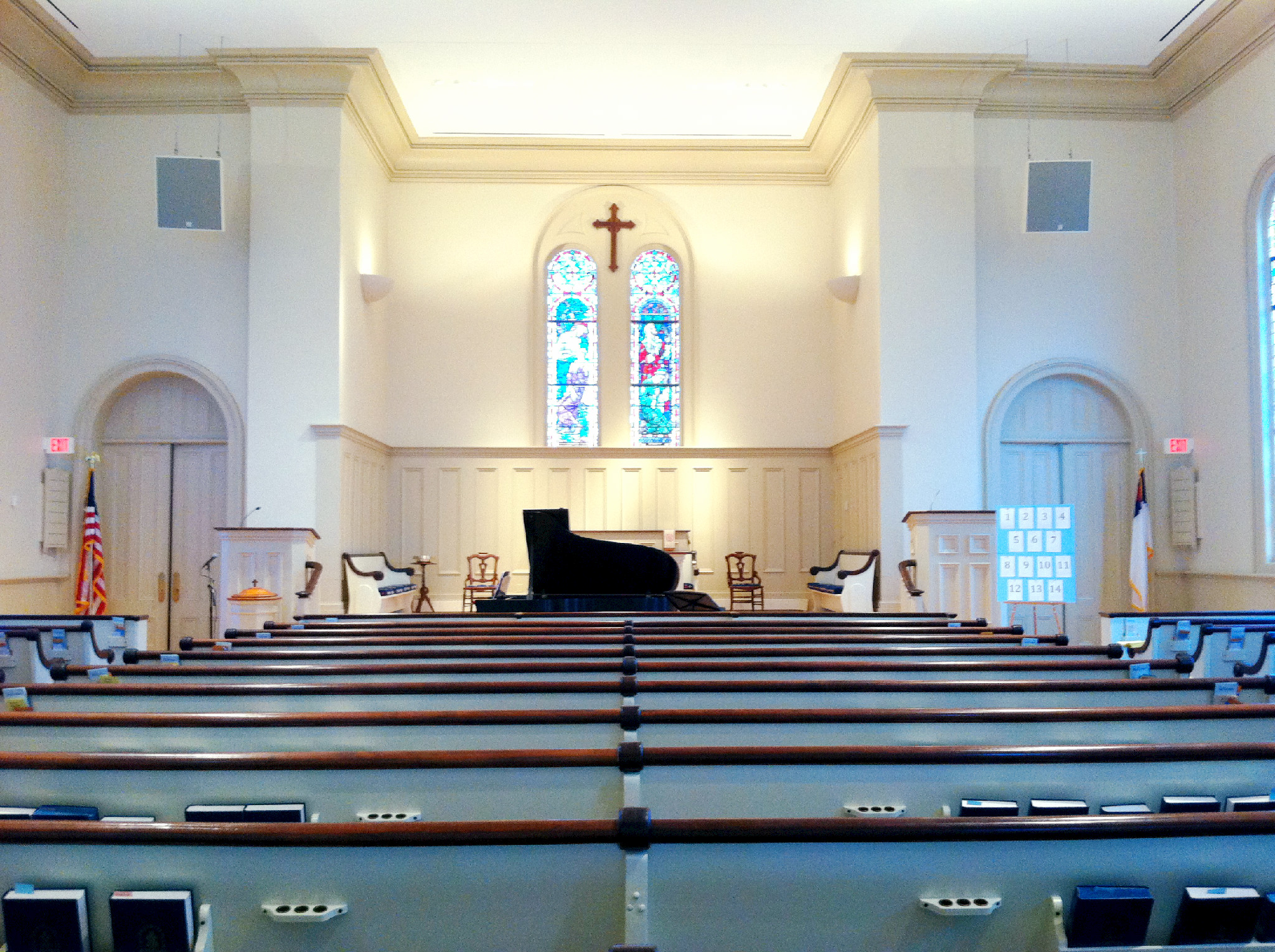
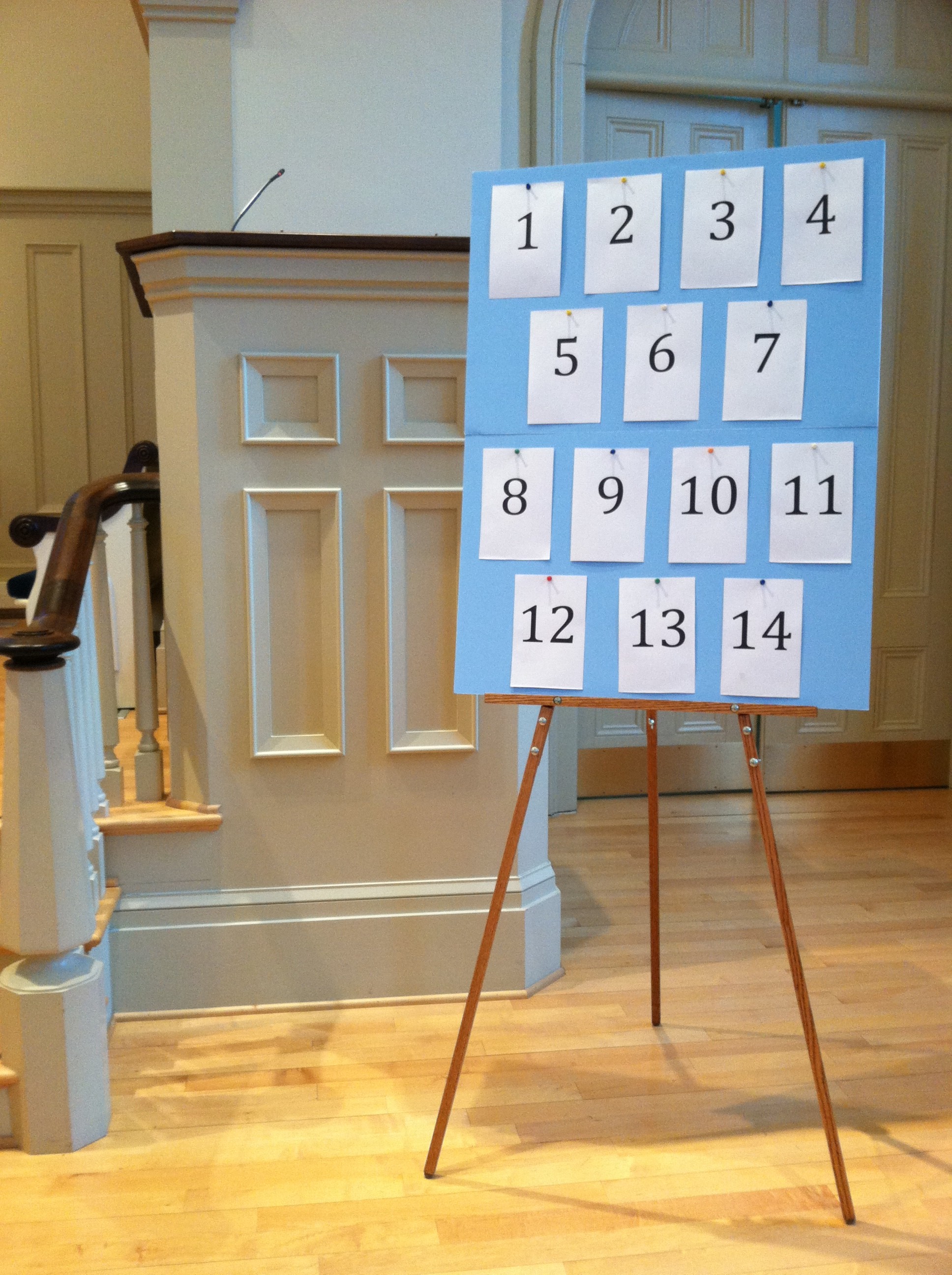
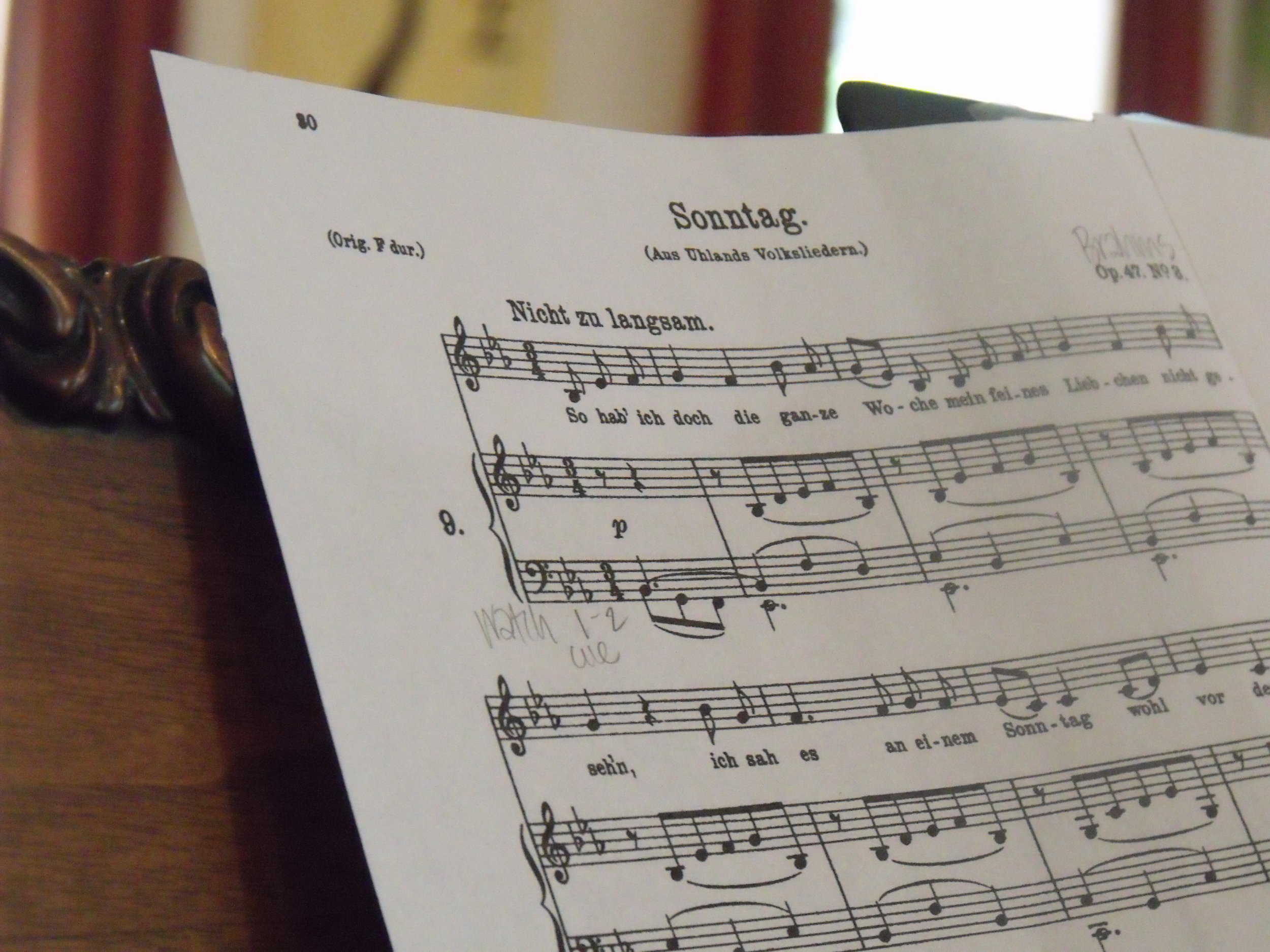 This past weekend, Steve and I held a joint studio recital (our first!) at the church. We had almost a dozen students sign up to participate and we've spent the past several weeks of lessons trying to prepare them to perform (for many, this was a first).
This past weekend, Steve and I held a joint studio recital (our first!) at the church. We had almost a dozen students sign up to participate and we've spent the past several weeks of lessons trying to prepare them to perform (for many, this was a first).
